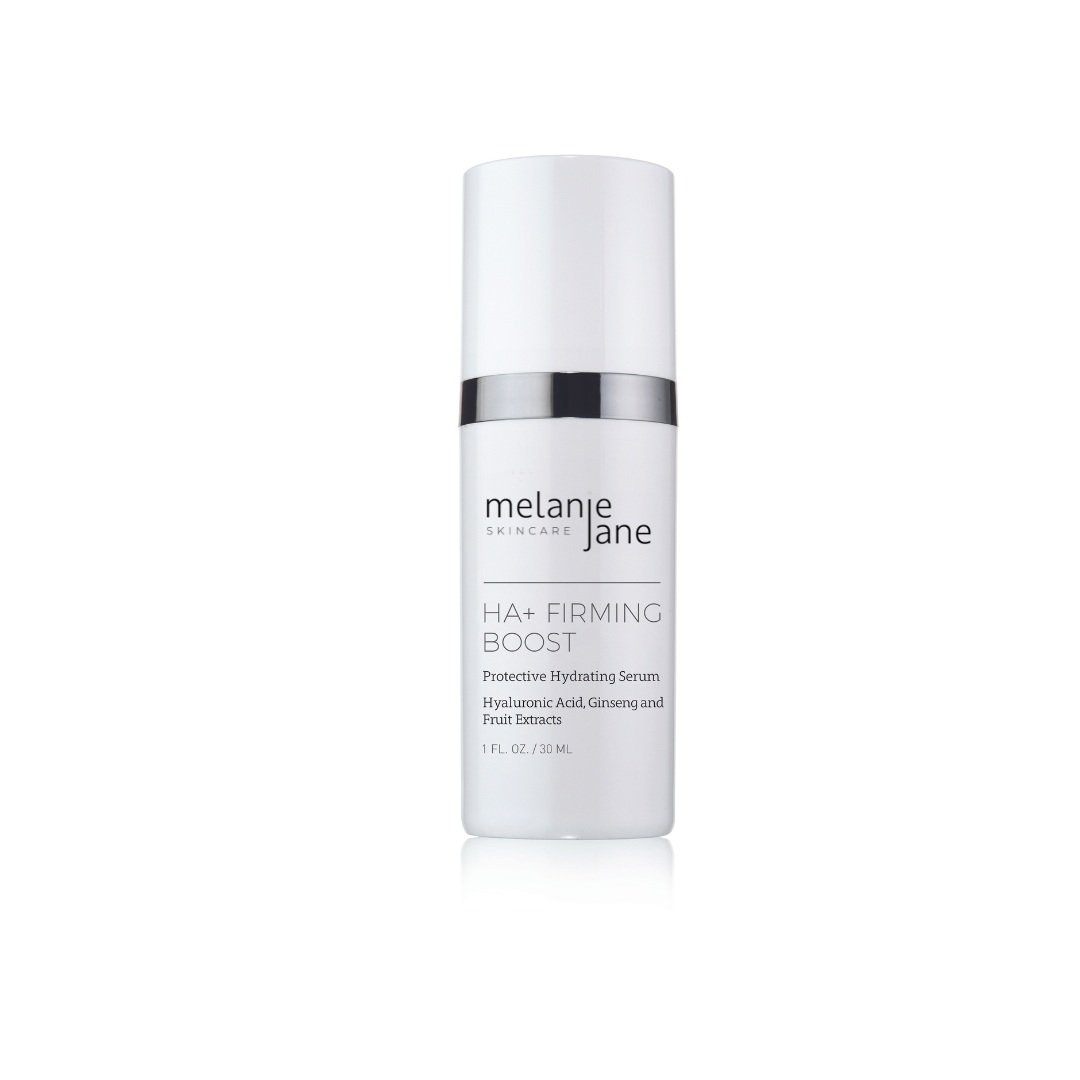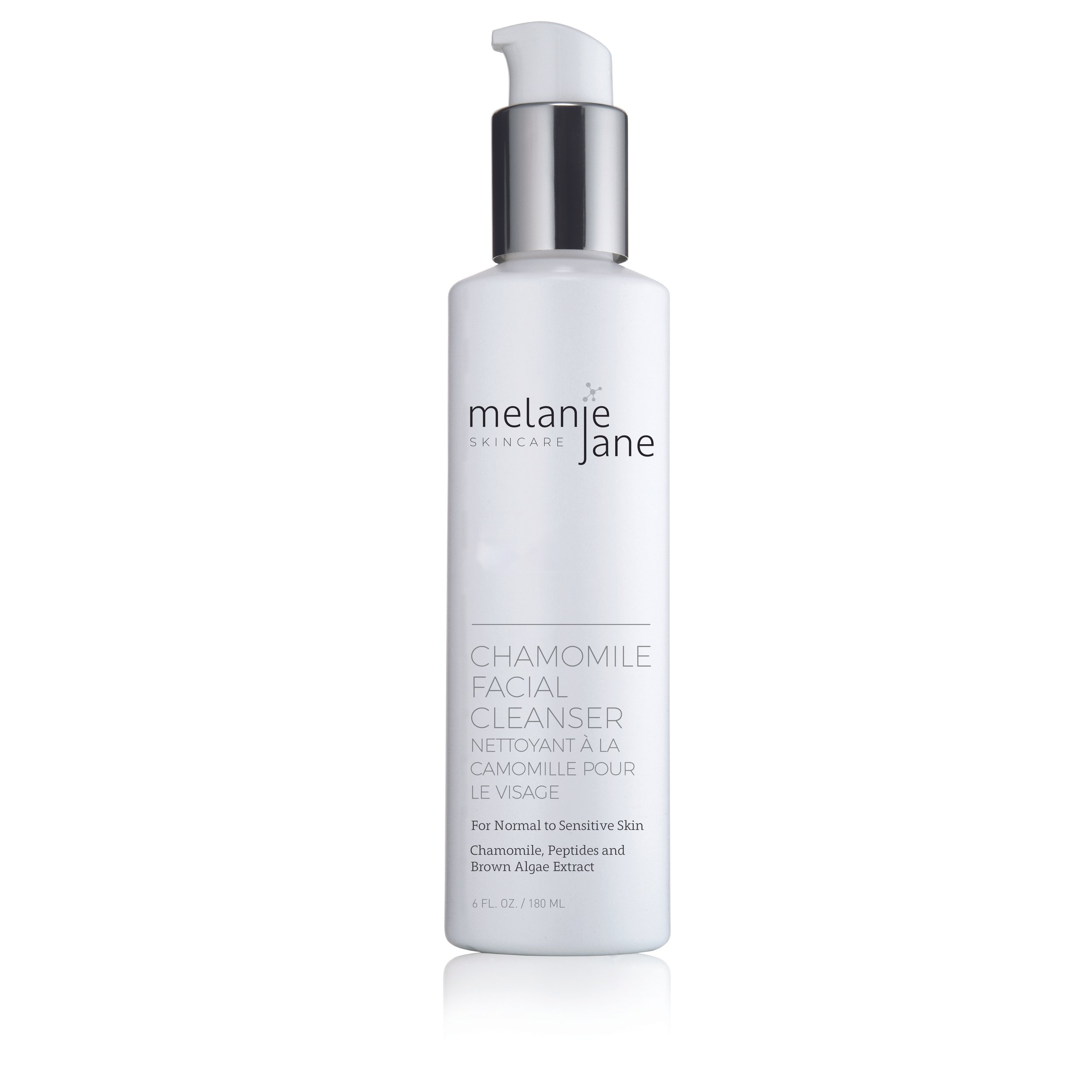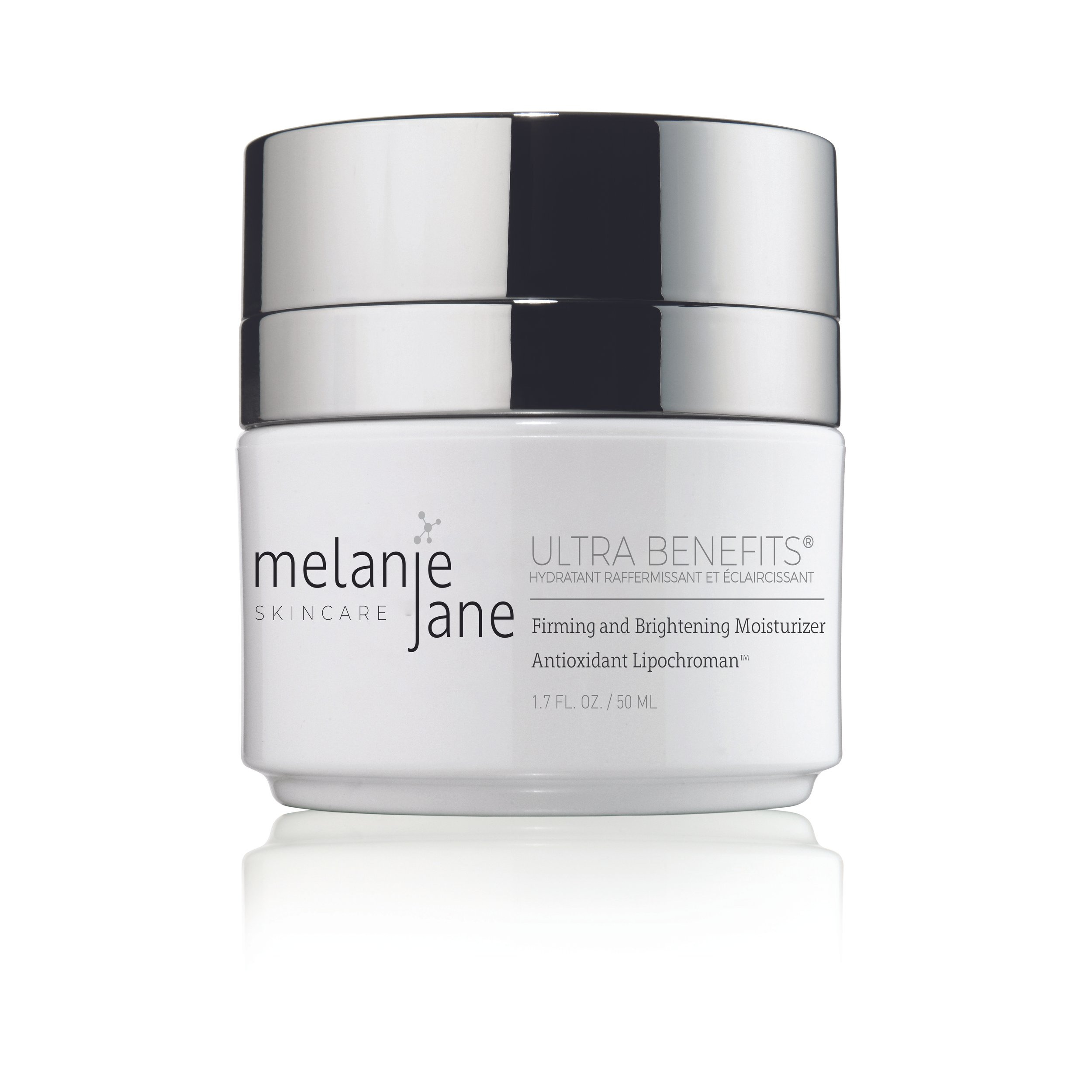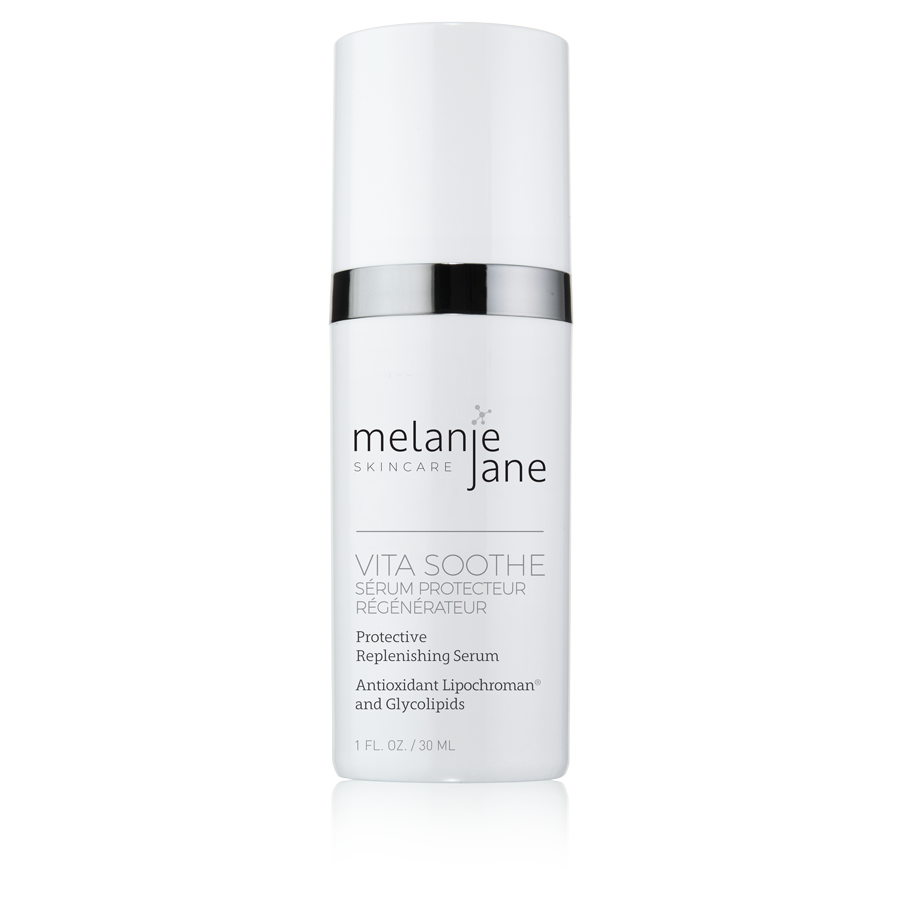Dehydrated vs. Dry Skin: Understanding the Differences
When it comes to skincare, understanding your skin type is key to finding the most effective products and treatments. Two common skin concerns that are often confused are dehydrated skin and true dry skin. While both can leave your skin feeling parched, they have distinct causes and require different approaches for proper care. In this blog, we will delve into the differences between dehydrated and dry skin types, discuss the best skincare practices, and highlight suitable ingredients and in-office treatments to restore hydration and maintain a healthy complexion.
Dehydrated Skin
Dehydrated skin is a condition characterized by a lack of water in the skin rather than a deficiency of oil. It can affect any skin type, including oily or combination skin. Factors such as environmental elements, lifestyle choices, harsh skincare products, and even internal factors like diet and hydration levels can contribute to skin dehydration.
Best Skincare Practices for Dehydrated Skin
Hydrating Cleansers: Opt for gentle, hydrating cleansers that do not strip away natural oils.
Hyaluronic Acid: A powerful humectant that attracts and retains moisture, helping to replenish hydration levels.
Lightweight Moisturizers: Choose water-based, non-comedogenic moisturizers that provide hydration without feeling heavy on the skin.
Facial Mists: Refreshing mists containing ingredients like algae extract: or cucumber can help replenish moisture throughout the day.
Dry Skin
Dry skin is a skin type characterized by a lack of oil production. There is often a genetic component to this condition, and it can also be influenced by external factors such as climate, aging, and hormonal changes. Dry skin tends to feel rough and tight and may exhibit flakiness or a dull appearance.
Best Skincare Practices for Dry Skin
Gentle Cleansers: Use mild, non-drying cleansers that maintain the skin's natural moisture barrier.
Rich Moisturizers: Look for emollient-rich creams or oils that provide deep hydration and help seal in moisture.
Ceramides: These lipids help restore the skin's natural protective barrier and prevent moisture loss.
Natural Oils: Incorporate nourishing oils like argan, jojoba, or rosehip into your skincare routine for added hydration.
Exfoliation: Regular but gentle exfoliation can help remove dry, dead skin cells and promote a smoother complexion.
In-Office Treatments
For both dehydrated and dry skin, seeking professional treatments from your skin specialist can provide targeted solutions to restore and maintain skin hydration. Some popular in-office treatments include:
Hydrating Facial: A specialized facial treatment that infuses the skin with moisture through various techniques and products
Chemical Peels: Controlled exfoliation treatments that can improve skin texture and enhance the absorption of hydrating ingredients
HydraDermabrasion: A hydradermabrasion device carries out a three-part regimen: cleansing, exfoliating, and infusing skin with intensive serums.
Understanding the differences between dehydrated and dry skin is crucial for developing a skincare routine tailored to your specific needs. While dehydrated skin lacks water, dry skin lacks oil. By incorporating appropriate skincare practices, such as gentle cleansing, moisturizing with suitable ingredients, and seeking professional treatments when necessary, you can restore and maintain optimal hydration for a healthy, radiant complexion. Remember, consistency and patience are key to achieving long-term skincare goals, so embrace the journey to nourishing and revitalizing your skin.
*Please note: The information provided in this blog is for educational purposes only and does not replace medical advice. Consult with a dermatologist or skincare professional for personalized recommendations based on your specific skin concerns.








